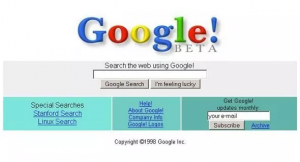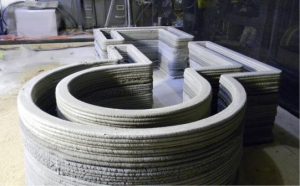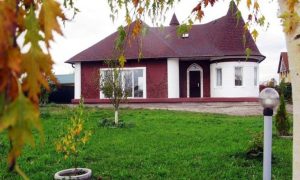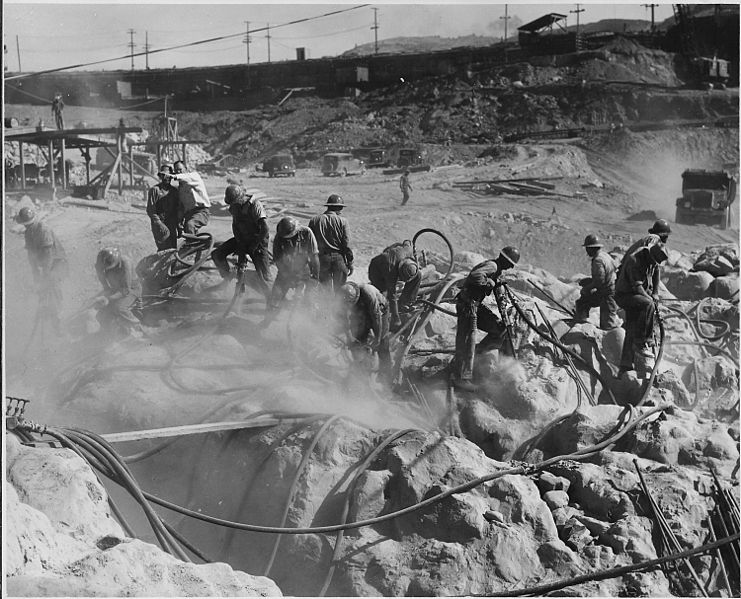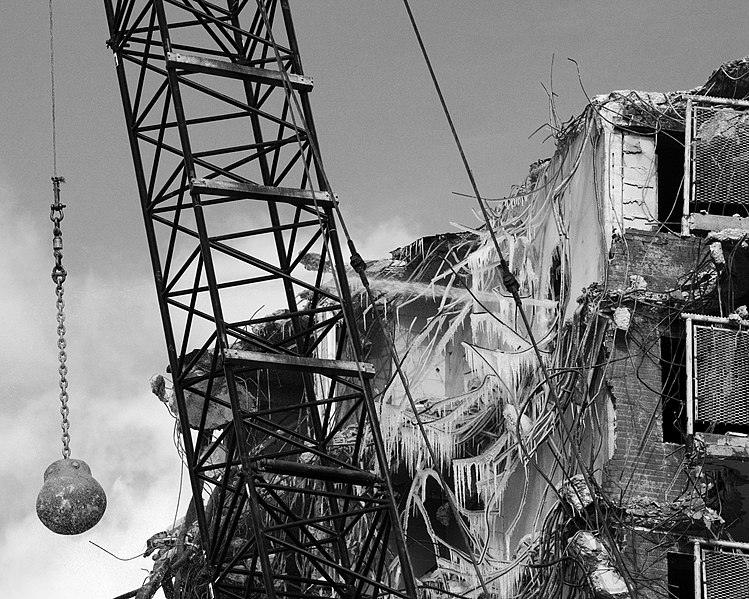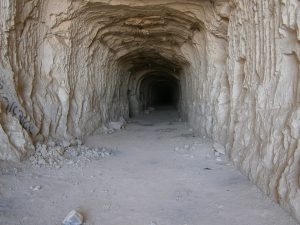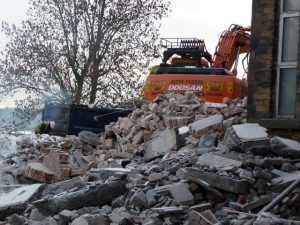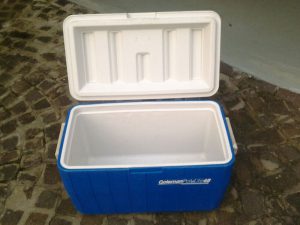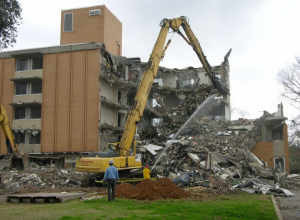What does Google mean to me?

The title made me giggle…it should say “what does Google not mean to me?”
Google is my “go-to person” for EVERYTHING that I am looking for information about, be it something I already know, or want know, or need confirmation about, or to settle an argument, anything and everything, there is pretty much nothing that Google cannot help you with.
The above got me thinking, Google has always just been “there” and I have never really thought about how it got its name, how the information gets there (for me to find) and what it all means…hmmm…this means I get to do some research (on Google of course)….
How Google did gets its name?
Turns out Google was born from a spelling mistake! What? The Grammar-nerd firmly instilled in me was horrified, turns out that Google is a misspelling of a real-life mathematical term, googol.
Back in the late 90’s, Larry Page and Sergey Brin were working on a search engine and they had called it “Backrub”……thank goodness they were smart (they were grad students at Stanford after all) and went on a brainstorming session to rename their search engine and with the help of a fellow student Sean, came up with the name “Googolplex”.
Googolplex is the name for 10 to the power of googol. Googol is the name used by mathematicians to reference 10 to the power of 100 or the number 1 followed by 100 zeros. (The name googol and googolplex were originally coined by Milton Sirotta, nephew of Edward Kasner, a famous American mathematician)
When Sean suggested googolplex, Larry thought that the term googol was better and thought that the definition of the word was a great fit for what they were trying to do which was to index an unfathomable number of Internet web pages.
Sean, not realizing googol was spelled with an ol at the end, searched the Internet to see if the domain google.com was available. Larry liked the new word Sean had accidentally come up with, and voila! Google was named.

How does Google find what I am looking for?
Google has several steps that they take in order to find and collate their information (so that you and I can find it easy-peasy)
1. Spiders/Crawling as much of the web as they can.
SPIDERS!!!! that is just creepy and I had an instant visual of an old movie from 1984 starring Tom Selleck called Runaway that had all these hundreds of little killer robots in the shape of spiders (shudder) running around but thank goodness my Arachnophobia is unfounded, it’s not that type of spider (cue nervous giggle) Google has millions of servers spread out across the globe and these are used to crawl, index and power Google’s search engines and are constantly trying to find new pages and check existing pages for updates. A search engine spider does the search engine’s grunt work: It scans Web pages and creates indexes of keywords. Once a spider has visited, scanned and categorised a page, it follows links from that page to other sites. The spider will continue to crawl from one site to the next, which means the search engine’s index becomes more comprehensive with endless amounts of information.
2. Indexing the information that has been sourced.
Google has an index of 100 000 000 gigabytes (might actually be more by now) and that a LOT of data. On the pages that are indexed, Google will select pages or words which are relevant to the site, this is automated and determined by all kinds of metrics including how often a website is updated, what is the theme of the website etc.
3. Determining how the information should be ranked
Google uses a trademarked algorithm called PageRank, which assigns each Web page a relevancy score. A Web Page’s “PageRank” depends on the following (a) the frequency and location of specific keywords e.g. if a keyword only appears once, this webpage will get a low score for that keyword. (b) How long the web page has existed e.g. hundreds of new web pages are created daily and sadly some of them have a very short lifespan, Google places more value on a page that is active and has an established history. (c) How many other web pages link to your webpage
Well!! It seems that Google is a very, very busy search engine that is constantly looking for new information just to please me….and I am very grateful. My life without Google would be ‘informationless’, boring and unfathomable.
Google Quotes that ‘spoke’ to me:
Google is arguably one of the greatest inventions. The search engines is one of the greatest human inventions – Franklin Foer (I hear you Frankie……Google is the best!)
People at different stages of their lives are doing different things, and they all using Google – Susan Wojcicki (So true Susie, I would be lost without Google)
If it isn’t on Google then it does not exist – Jimmy Wales (Jim, I believe it!)I found a new love in Google. I’m a Googler now – Alan Mulally (Al, you and me both, been in love with Google for a while now, I’m a Googler too!)

Sources:
Skill Crush
Quora
How Stuff Works
Brainy Quote
About Debbie Wessels
I started at Leads 2 Business in April 2008 in the tenders Department and transferred to the Projects Department during the same year. I was appointed Head of Department for Projects from February 2011 to March 2022. April 2022 I started a new adventure as Content Regulator.






